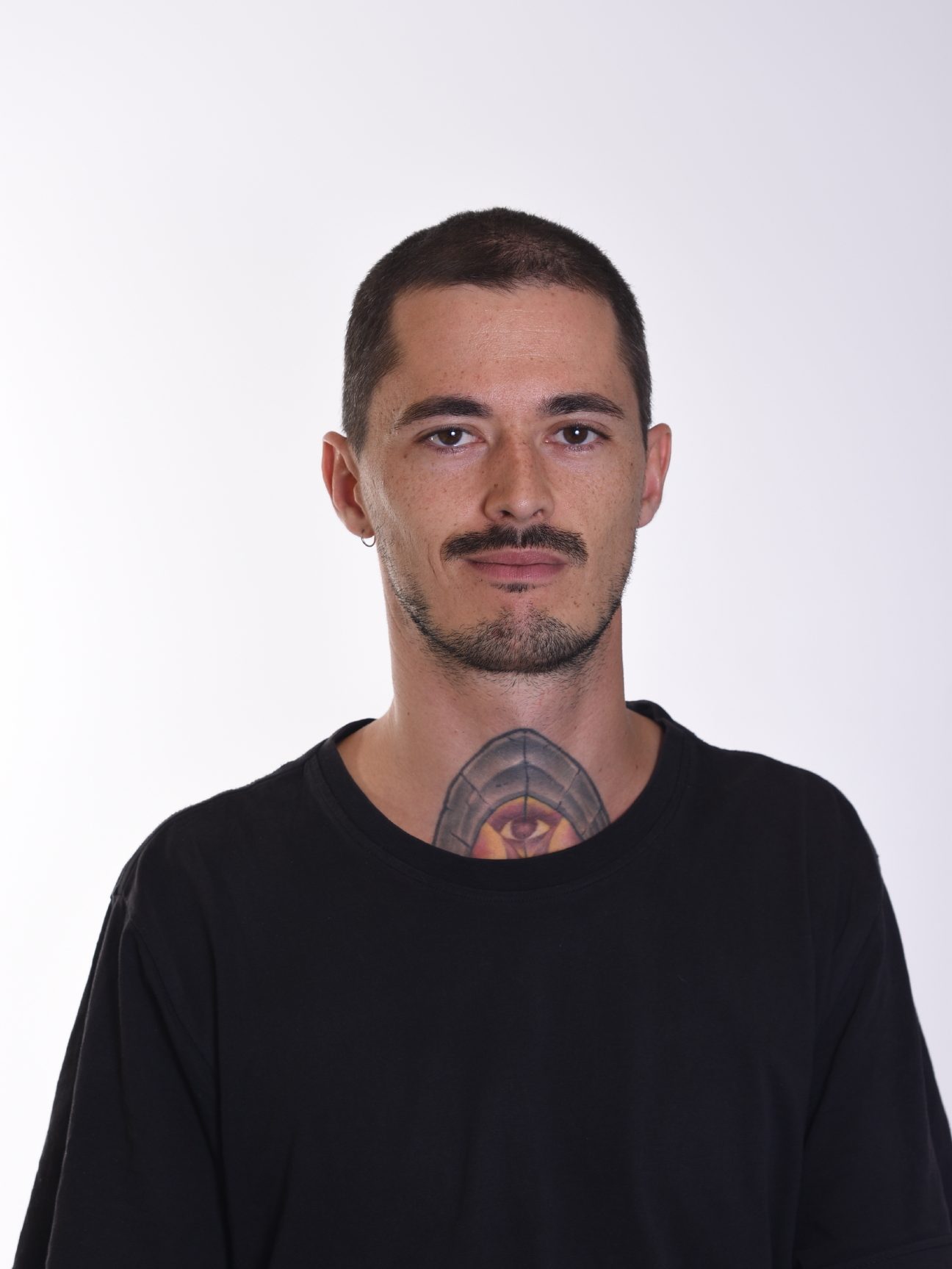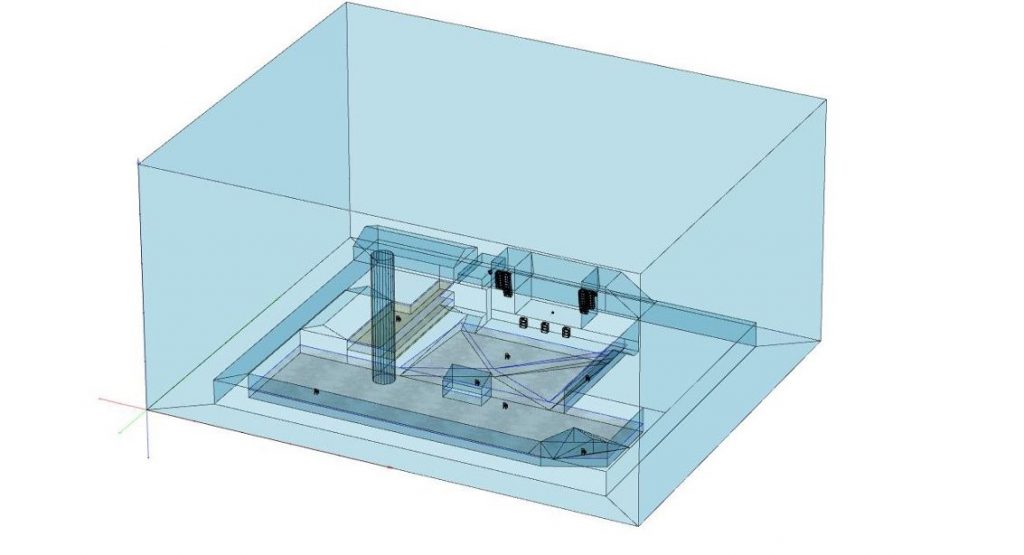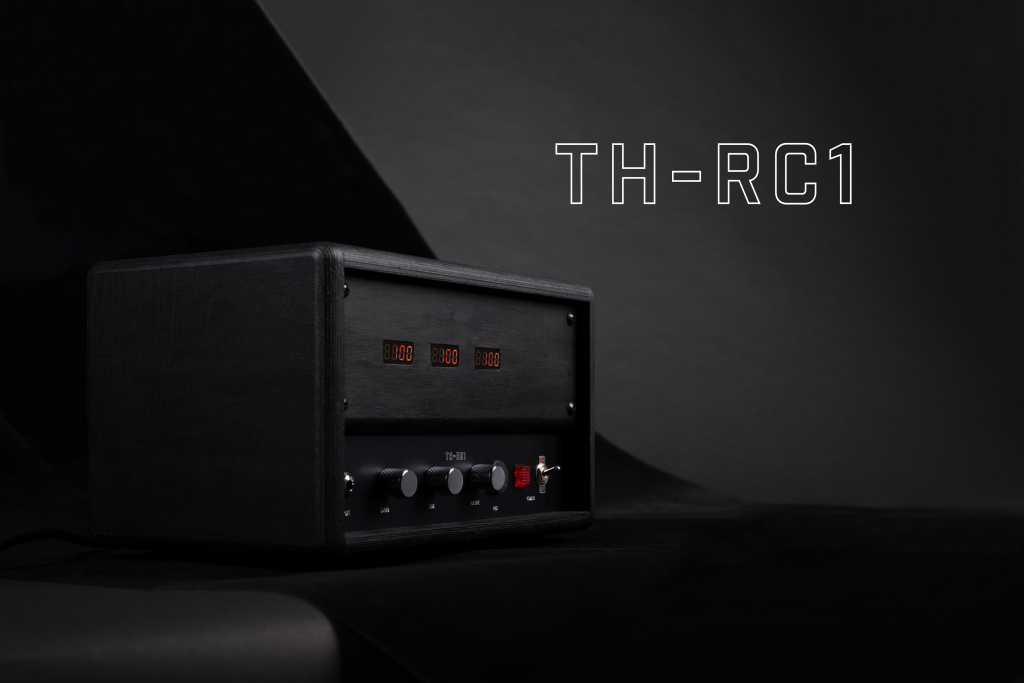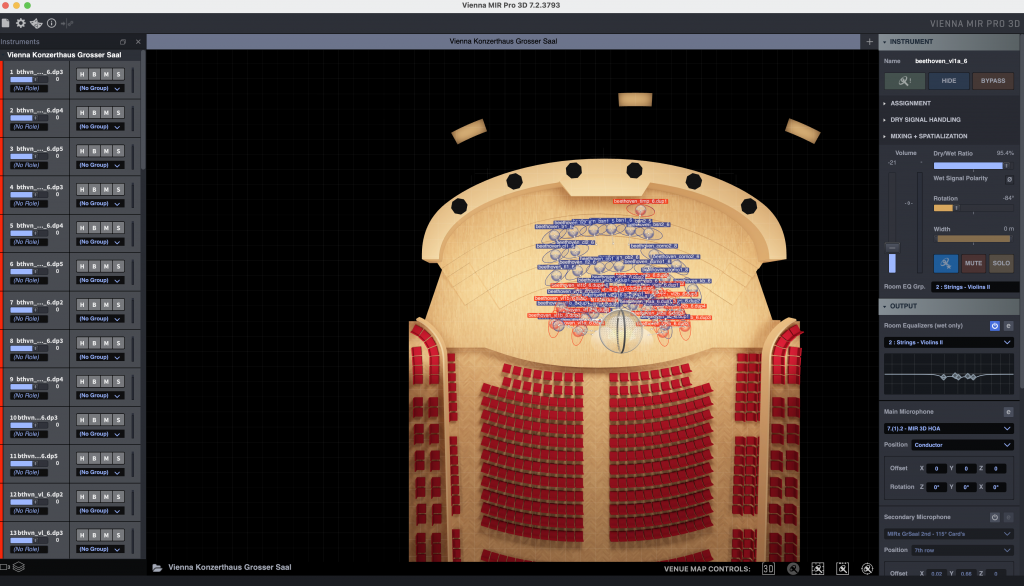
As a dedicated Master’s student specializing in 3D Audio and Sound Design, my passion for the intricacies of music production has evolved into a profound commitment to forging a career in professional audio.
Building on my foundational education in Medientechnik, I have spent the past several years actively contributing to the dynamic landscape of the film industry.
My primary goal is to deepen my expertise in cutting-edge audio technologies in order to craft immersive sound experiences that evoke emotional responses.
This journey has not only equipped me with technical prowess but has also fostered a deep appreciation for the nuanced intersection of creativity and technology within the realm of audio. I am excited to continue honing my skills, contributing to innovative projects, and ultimately making a lasting impact in the world of professional audio.
Semester 1
I worked on a video dubbing which was done with MAX-MSP and used only synthetic sounds. Therefore I used a part of Massive Attack’s Musicvideo for their song Angel.
Paul Pfeiffer, Daniel Morgenroth and me also crafted a Sound Design for this Clip out of Lisa Hasenhütl’s short film „Vote“.
Semester 2
For our Sound Design lecture with Wolfgang Schloegl we had to compose a signature piece for the ORF Series „Schhool of Champions“ trailer.
In Prototyping & implementation I created a model of the Arena Wien Open Air stage, including the sound system, in EASE to have a look at acoustic properties and to compare different subwoofer constellations.



During our Virtual Music Space Workshop as part of the Summer School, Jakob Moisl and me composed and recorded the emotion Anger for the Project Finding Emo. In this project our goal was to create an immersive an interactive virtual space, where one can interact with the seven core emotions (based on Paul Ekman’s research).
For our MKL class we also had the chance to create a project according to three principles: Audio, Interactive and Innovative. Therefore I have built this:

This is the TH-RC1 : a simple MIDI remote controllable low voltage tube amp head.
The remote-control feature is implemented using servo-motor controlled potentiometers within the amplifier. Instead of traditional potentiometers, rotary encoders serve as the amp dials, allowing bidirectional control. Users can adjust values directly on these encoders or remotely via an external MIDI controller. The central component of this control system is an Arduino.
Here is the behind the scenes video for this Project:
Semester 3
I have spent my 3rd Semester at Kadir Has University in Istanbul and dedicatet my time there to study theoretical aspects of film such as European Cinema, Cinema & Sociology, Film History and Scriptwriting.
Semester 4
The Immersive Orchestra project explored how different orchestral layouts — German vs. American — affect acoustic perception in virtual spaces. Using binaural rendering and four reverb engines (DearVR, VSL MIR, Spat Revolution, Symphony), our team simulated orchestral sound from three listener positions.
Dry recordings were processed to recreate full orchestral arrangements, rendered in Dolby Atmos. A listening test with 11 participants evaluated whether the seating layout could be identified purely by sound (it could not), and rated each reverb engine based on immersion, spatial clarity, and overall preference.
The test results showed DearVR had the best localization, while Symphony was preferred for immersion and listening comfort.
